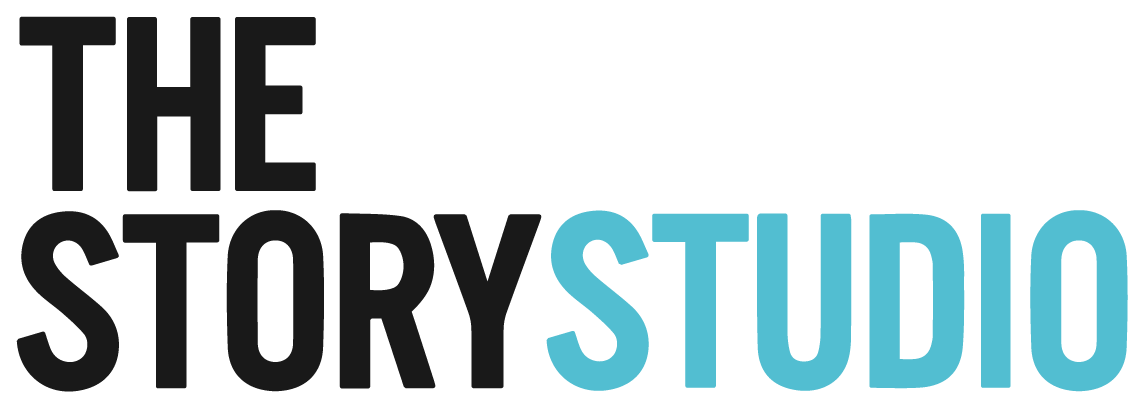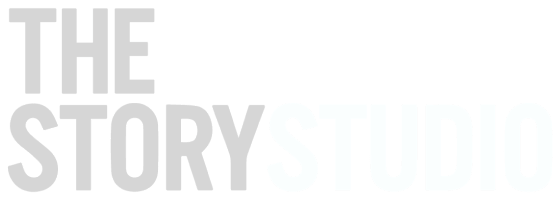How Consumer Trends are Shaping the Future of the Beauty Industry
The beauty industry is changing. Typically beauty brands big and small continually adapt to fit changing consumer trends and purchasing preferences, but the COVID-19 pandemic has only amplified this uncertainty. So, what lies ahead in the world of beauty? We've identified some of the trends to watch for beauty industry insiders this year.
Trend 1: The COVID-19 Factor
We don’t have to tell you that the COVID-19 pandemic has changed virtually everything we do. The beauty industry is no different, and one of the first trends we are diving into reflects the new WFH lifestyle. Staying home has changed what the daily beauty routine consists of. Rather than putting on a full face of makeup, people are opting for a more minimalist look during the workweek, and even forgoing makeup altoghether in favor of more robust skincare routines. An increase in video chats and screentime is impacting the way men and women view their appearances, causing more interest in cosmetic procedures such as botox and filler.
Like many things in the beauty industry, this trend has many aspects. Here are just a few pandemic transformations industry experts say are increasing in popularity:
- A rise in demand for at-home devices or DIY tools for treatments like facials and manicures.
- A preference for lower maintenance looks and products.
- A focus on skincare. With people leaving the house less because of the pandemic and remote-work, we are seeing a trend in people wearing less makeup and focusing more on taking care of their skin, treating skincare concerns instead of covering them up. Combating "mask-ne”, bumps and blemishes around the checks, mouth, and nose resulting from face masks, is also a hot topic.
- An upswing in inquiries for plastic surgery and medical procedures that address signs of stress and aging, such as botox and filler for fine lines, eye bags, and crow’s feet. This demand is being attributed to additional time spent staring at your own face on the screen during video calls, as well as the growing popularity of use of filters on social apps and photo-editing tools such as FaceApp.
Trend 2: Millennials Vs. Gen Z
The year 2021 also brings an increasing market of Gen Z consumers. Both Gen Z and Millennials are large targets for the beauty industry, so understanding their particular needs is key in capturing their attention. Below are the trends that experts foresee will continue to be most prominent for the future.
- Inclusivity: As the world becomes more inclusive as a whole, so does the world of beauty. Now a wider spectrum of shades for foundation is available, and different hair types are being better cared for by mainstream brands and products. This is a trend that both Gen Z and Millennials welcome, alongside supporting and highlighting black-owned beauty brands, too.
- Clean Products: With a greater focus on a more organic lifestyle, the demand for pure, clean products has risen, especially amongst Gen-Z consumers who prioritize environmental and wellness concerns more than any other age group.
- Sustainability: In 2020, the beauty industry learned that 73% of Millennials are more willing to purchase something sustainably produced. With a focus on waste, this has many big brands like Aveda, Lush, and The Body Shop offering vegan goods and recyclable packaging.
Trend 3: Beauty on Screen
The year 2020 also brought the beauty industry a new way of looking at marketing, and how messages can be made more visible. And, to stay “on brand” with the virtual year, that’s where the beauty industry is headed for market strategies in 2021. Companies big and small are shifting their focus to online avenues that allow authentic connections and expand organic reach.
But just how are they doing so? They’re taking clues from other industries that have thrived online for some time. Here are prime examples of how marketing tactics used by the beauty industry are changing and what that means for the future:
- Brand Partnerships: Brand partnerships like Maddie Ziegler x Morphe and Friends x Makeup Revolution are also targeting generational purchasers and using collabs to their advantage. Teaming up with trending pop culture references and celebs expands market reach and stirs a buzz like no other.
- Influencer Marketing: Influencers are still hot on promoting anything and everything, including beauty goods. What is new for 2021 is the rise of micro-influencers (followers > 100K) versus those who have already gained celebrity-like status. Currently, Harvard is projecting global spending on influencer marketing to reach $15 billion by 2022.
- Content Marketing: Content, content, content is the marketing motto for many beauty brands. As consumers increasingly seek information and connections with brands online, companies are steadily working to keep up with demand. Expect to continue seeing blogs, videos, infographics, social media authenticity, and the general rise of “content” across the industry.
Branding Beauty for Success
Content marketing may have many working parts, but when working optimally, it’s a highly efficient sales machine. That’s how StoryStudio can help. The StoryStudio streamlines all those working factors and amplifies success with its data-driven approach. No brand is too big or too small to let the experts take control.
In the end, your brand is driven to success with industry-leading creative sponsored content that connects with your audience – and comes with guaranteed readership. So, start crafting your brand story and get ahead of the trends. Get started.

